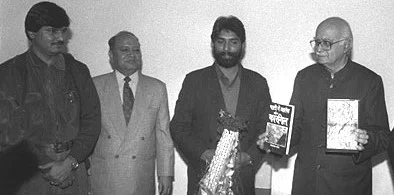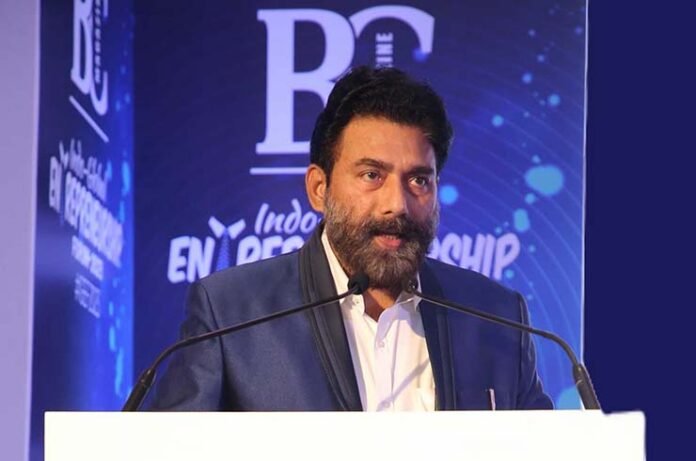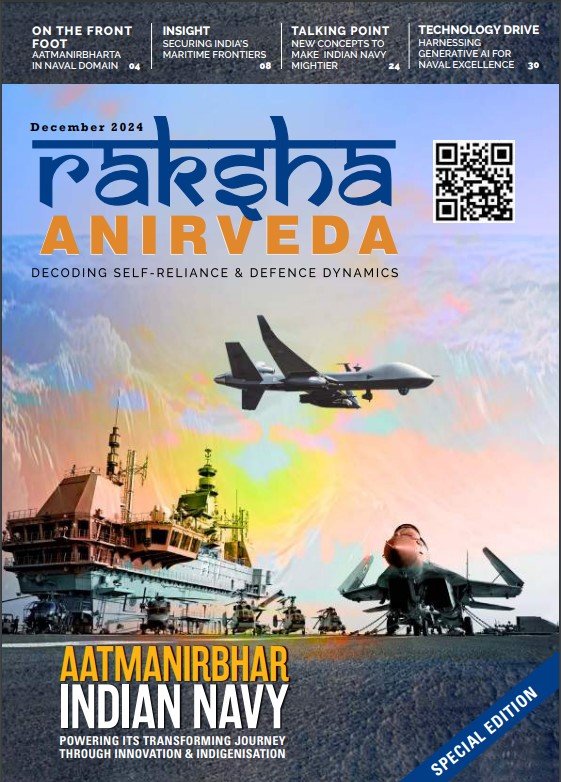On 15 May 1999, I was at my bureau office at Ambadeep Building on Barakhamba Road, Connaught Place, New Delhi. It was a leisurely Saturday, and most offices were closed. With no remarkable political activity to cover, I was fishing for news by calling my sources. I rang up one of my contacts who worked with the Union Ministry of Defence. I was about to ask about his well-being as a normal courtesy when he immediately told me, “Pandey Ji, ek ghante ke bad call karo, ya office aa jao, baat karenge, aur peechhla gate 11 No se Aaaiyega, samne wala band hota hai, Shani/Ravi ko, aapko maloom hai.” (Pandey Ji, call me after an hour or come to my office, and come from the Back Gate Door No. 11, as you know the front gate remains closed on Saturday and Sunday).
Curious and sensing something unusual, I entered to his office in the South Block on Raisina Hill through the backside at Gate Number 11. After passing security, I waited for him in his chamber. When he arrived, he showed me a hastily sketched map, indicating that Pakistani forces had infiltrated and captured the Kargil Ridge, 45-50 kilometres inside the Indian side of the Line of Control (LoC). The officer told me, “Ye Line dekh rahe ho, ye LoC hai. aur ye, (Doosri Line dikhate hue) Kargil Ridge hai, hamara ilaka hai. Yahan per Pakistani ghus aaye hain.” (Do you see this line? This is the LoC. And this (pointing to another line) is the Kargil Ridge, our territory. Pakistani forces have infiltrated here.)
Realising the gravity of the situation, I rushed back to my office and wrote a detailed six-column top box story headlined, “Bharatiya Pahadi per Pak Ka Kabja, Bhartiya Sena Harkat Me” (Pakistan Occupies Indian Hills, Indian Army Reacts)
Since infiltration from Pakistan was a regular affair in Jammu & Kashmir, I initially thought this might be another instance of minor infiltration. So, I said, “Hmm, ye to hota hi rahta hai.” (Yes, this always happens there.) He looked at me and said, “LoC se is Line ka distance pata hai? Ye 45/50 kilometre andar hai, hamare side me.” Vo yahan tak aa gaye hain, aur poori Kargil Pahadi per kabja kar liya hai.” (Do you know the distance of this line (Kargil) from the LoC? This is around 45/50 kilometres inside our area, and they have captured the entire hills in the Kargil range.)
Realising the gravity of the situation, I rushed back to my office and wrote a detailed six-column top box story headlined, “Bharatiya Pahadi Per Pak Ka Kabja, Bhartiya Sena Harkat Me” (Pakistan Occupies Indian Hills, Indian Army Reacts).
My story on the Kargil War, published in Rashtriya Sahara, initially went unnoticed by other media outlets. It wasn’t until 17 May 1999, when Defence Minister George Fernandes acknowledged the intrusion while in Nalanda, Bihar, that the story gained national attention. Fernandes, while reacting to my news shown to him by our Nalanda Correspondent Rama Shankar, said, “A few hundred Pakistani infiltrators have entered the Kargil sector of Jammu and Kashmir. And they would be ‘flushed out’ within 48 hours.”
Fernandes’ statement, confirming the Pakistani infiltration, was picked up by the national media, highlighting the seriousness of the situation. A few days later, when the story unfolded, Barkha Dutt of NDTV brought the news to the forefront through her TV channel, capturing the gravity of the situation and the ensuing conflict.

The shocking incident of the Kargil Intrusion was a calculated move by Pakistani Army Chief General Pervez Musharraf. He deployed militants and soldiers to infiltrate and occupy strategic heights along the Kargil range, intending to cut off the crucial Srinagar-Leh highway and internationalise the Kashmir issue. Cadres from Al Badr, LeT, and other groups occupied key areas along the ridges and mountaintops overlooking the Indian defences before the regular army moved in to consolidate their positions along the LoC.
The intrusion was discovered on 3 May 1999 by local shepherds and confirmed by Indian patrols. The Indian Army responded with Operation Vijay to reclaim the occupied territories, with the Indian Air Force providing crucial support through Operation Safed Sagar. The conflict lasted from May to July 1999. After intense fighting and significant casualties, India successfully recaptured most of the intruded areas. Facing international diplomatic pressure, Pakistan withdrew its forces. India lost approximately 527 soldiers, while Pakistani casualties were significantly higher.
My story on the Kargil War, published in Rashtriya Sahara, initially went unnoticed by other media outlets. It wasn’t until May 17, 1999, when Defence Minister George Fernandes acknowledged the intrusion while in Nalanda, Bihar, that the story gained national attention
The Kargil War remains a testament to the valour of the Indian soldiers and the complex geopolitics of the region. It highlighted the importance of surveillance and intelligence in mountainous warfare, leading India to revamp its defence strategies, focusing on better infrastructure, logistics, and high-altitude warfare capabilities. As we commemorate the 25th anniversary of this conflict, it is essential to remember the lessons learned and the sacrifices made, ensuring that such a situation does not arise again.
-The author is former Group Editor of Rashtriya Sahara, former Editor – ANI, political commentator, strategist, and thought leader. After breaking this story, he wrote a 350-page book in Hindi, “Ghati Me Aatank Aur Kargil,” which was released by the then Union Home Minister, LK Advani





